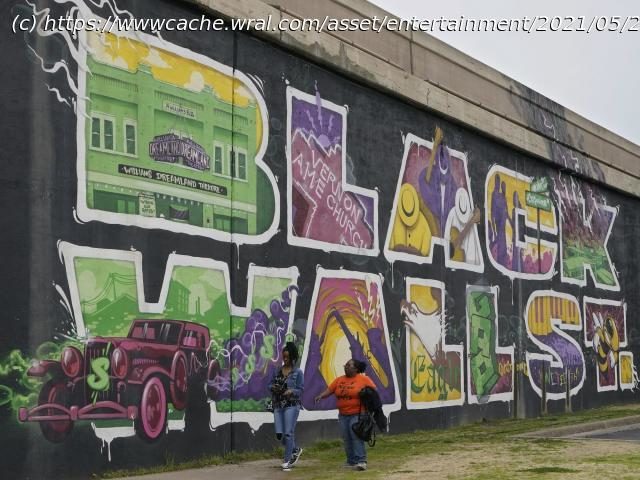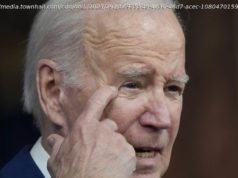The Black Wall Street Market is nowhere near Black Wall Street.
TULSA, Okla. — The Black Wall Street Market is nowhere near Black Wall Street. The original Black Wall Street vaporized a hundred years ago, when a murderous white mob laid waste to what was the nation’s most prosperous Black-owned business district and residential neighborhood. When Billie Parker set out to memorialize the name with her new development, she built it far from Tulsa’s historic Greenwood neighborhood. She followed the trail of the city’s Black population. There were roughly 10,000 Black Tulsans in 1921; displaced by the massacre, they would be pushed farther and farther north into what is unambiguously an underdeveloped and underserved section of the city today. Parker’s Black Wall Street Market is a ramshackle outpost on a 3-acre lot abutting a two-lane road, a far cry from the booming city within a city that was Greenwood, with its Black grocers, shopkeepers, doctors, lawyers, newspaper publishers and other businessmen and women. But Parker thought it was important to lay claim to the name and its legacy. “We were taught not to even think about that,” Parker, who is in her 50s, said on a recent Saturday morning after opening up the market’s gift shop. “We had to hush up. So, I say it’s time for us to put Black Wall Street out there.” The 6 miles between the old and new incarnations of Black Wall Street belie the dire connection that links them: Racial and socioeconomic inequality on Tulsa’s north side has its roots in the 100-year-old atrocity of the Tulsa Race Massacre. First, a racist mob stripped an almost unknowable amount of wealth from Black Tulsans overnight. Then, desegregation and urban renewal further upended the post-massacre Black business community that was rebuilt. Insurance claims for massacre victims’ losses were denied and their civil lawsuits against the city and state seeking financial relief were tossed out. No Black survivor or descendant has been justly compensated for their losses. That timeline left a gaping wound unhealed for a century — and that wound is still open on Tulsa’s north side. The question is: What can be done now to help it heal? ___ According to a U.S. Census Bureau estimate, the median household income for Black households across Tulsa was an estimated $30,955 in 2019, compared with $55,278 median income for white households. In a city of an estimated 401,760 people, close to a third of Tulsans who lived below the poverty line in 2019 were Black, while 12% were white. A quick drive between south and north Tulsa shows a clear difference in development. Some paved streets don’t have streetlights or traffic signals. Until recently, the entire north side had easy access to just one grocery store. Many homes are in need of repair and renovations. The Gibbs Next Generation Center, a small shopping mall and office park run by descendants of a woman who survived the Tulsa Race Massacre, is located in the same ZIP code as Parker’s market. LeRoy Gibbs II and his wife, Tracy, purchased the center in 2015 — the property used to be the location of businesses run by LeRoy’s grandfather and grandmother, LeRoy and Ernestine Gibbs, who was a teenager during the massacre.






